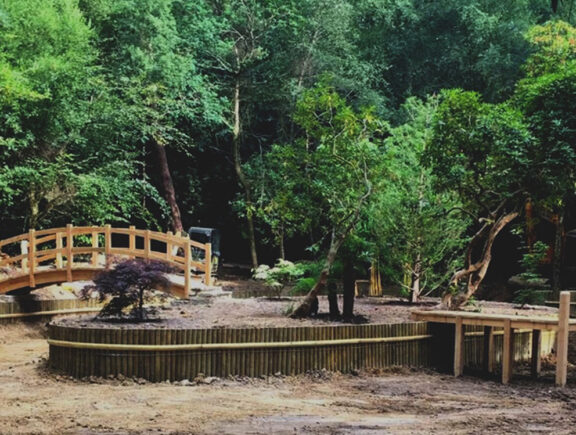Project in numbers
£2.5m saved by avoiding unnecessary rebuild
389 tonnes of embodied carbon saved
The need
The tanks play an essential role in transforming effluent into clean water which can then be returned safely to local rivers and streams. However, the extreme degradation of the 6 tanks – which were leaking into the surrounding environment – had resulted in plans to carry out a complete rebuild. We provided an alternative solution that offered significant savings in terms of cost, carbon and program. By carrying out refurbishment work and live repairs, our expert team increased the lifespan of the existing structures by over 10 years whilst keeping the plant operational throughout, reducing the risk of overspills and substantially reducing carbon emissions.
The solution
We carried out refurbishments on internal and external brickwork along the perimeter channels of two primary tanks and two humus tanks. This involved repointing, surface preparation, internal rendering, and applying a flexible membrane system which can withstand the corrosive conditions inside the tank – thus preventing leaks and providing a lasting protective barrier.
External work on multiple tanks was carried out simultaneously. However, the internal works on each tank were performed sequentially, enabling the site to remain operational throughout. A tanker pumped the sludge from the isolated tanks, which was then taken to a disposal processing facility.
As the two filter tanks are essential to the treatment processes, neither could be taken out of service. To maintain normal site operation, we removed the filter delivery siphon and installed temporary over-pumping to distribute effluent from the primary outlet chamber directly to the filter-feed inlet pipework. This bypassed the internal walls and floor of the filter distribution chamber, permitting the internal refurbishment.
Pumps were sized to provide just enough pressure to rotate the filter arms and evenly distribute flows to the filter bed. By adjusting the level of the start and stop floats on the temporary pumps, flows were maintained to the other distribution chamber, which also remained online.
We also excavated and replaced two faulty de-sludge valves in a deep excavation. This will allow manual de-sludging of the primary tanks, which hadn’t been possible for about a year.
The benefits
- The choice to refurbish the tanks rather than replace them saved our client substantial financial outlay of over £2.5 million
- Our capability to carry our live repair works enabled the wastewater treatment site to remain operational throughout, reducing the risk of overspills
- By mitigating the need for a major carbon intensive build and providing our client with a more suitable solution, we reduced the embodied carbon from 410 to 21 tonnes
- The project allowed for a ferric dosing upgrade which had been placed on hold due to the condition of the tanks
- Manual de-sludging of the primary tanks is now possible
- The asset lifespan has been extended by 10-15 years negating the need for costly upgrades, new build and future investment











